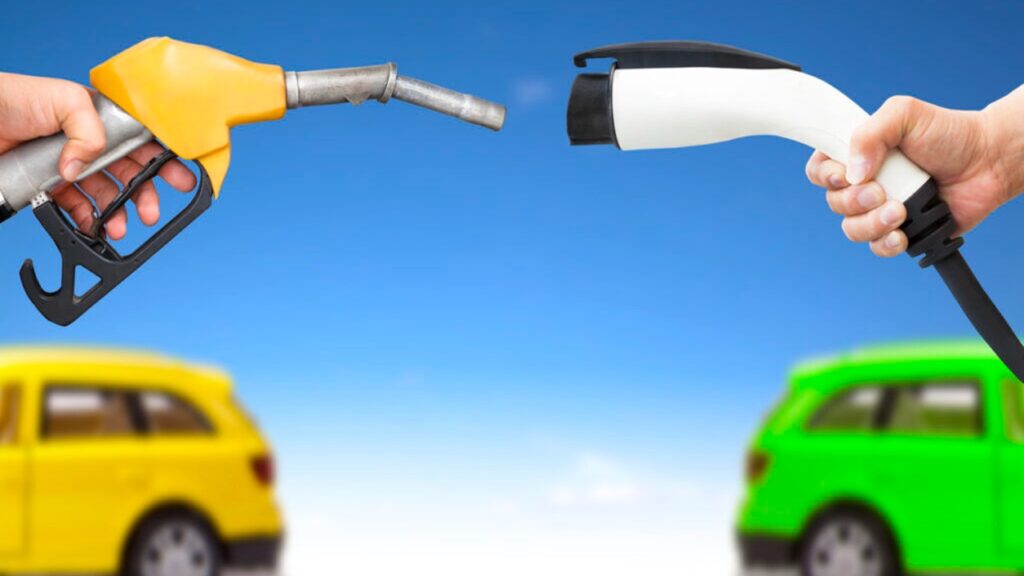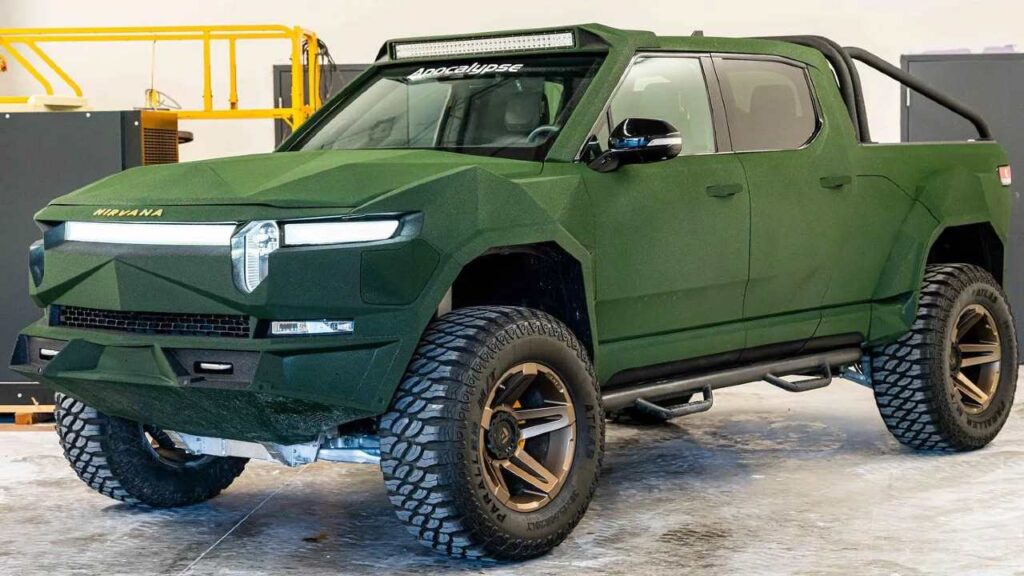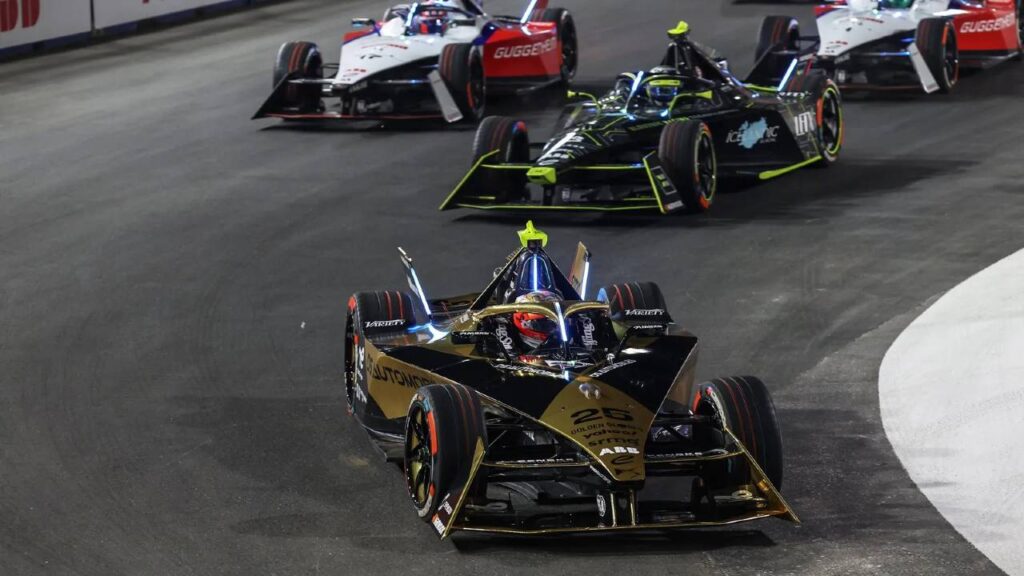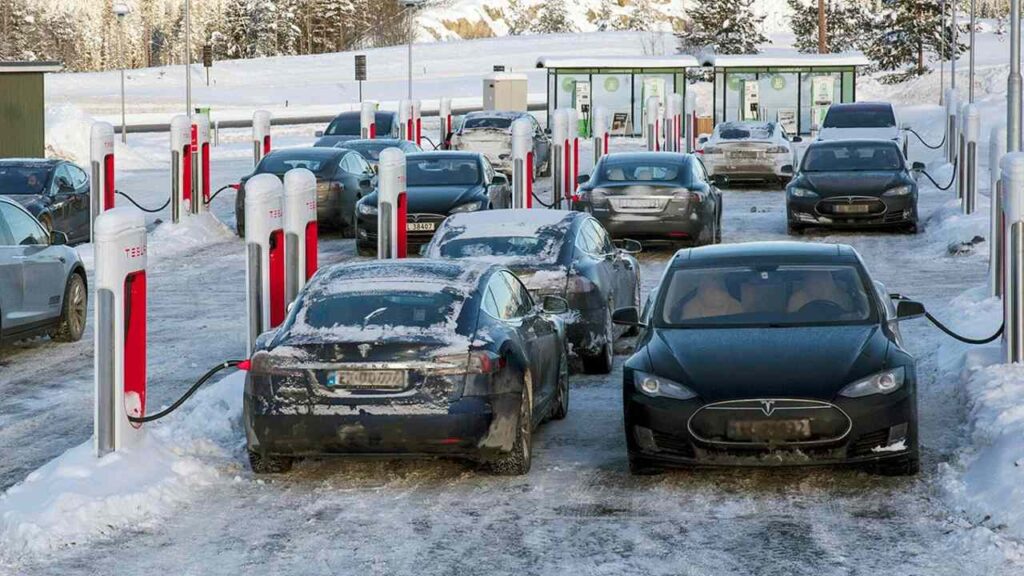Study Shows EVs Can Be More Cost-Effective Than ICE Cars In Some Locations
A study by the University of Michigan deep dives into various aspects of EV ownership to arrive at a tangible conclusion. As per the latest study by researchers at the University of Michigan, interesting facts come to light with regard to just how cost-effective EVs can be in comparison to ICE cars. The debate about the ownership costs of electric and gasoline cars has been going on for a while now. Granted, there are a multitude of moving variables in this equation. Still, we can start with a few generalizations to comprehend the entire picture. Now, ownership of EVs is a multi-faceted phenomenon. It consists of myriad factors including the initial purchase cost, fast-charging and home-charging habits, location, incentives by the central and federal governments, cost of electricity, daily usage, climate conditions, driving mannerisms, service costs, battery replacement costs, etc. Still, EVs have been around for long enough to incorporate all these aspects into our calculation to develop an effective hypothesis. Taking all these dimensions into consideration, the researchers at the University of Michigan School for Environment and Sustainability achieved some intriguing revelations. You might also like: EV Makers Reconsidering Their Ambitious Plans, Was Toyota Right All Along? EVs vs ICE Cars – Who Is More Cost-Effective? This study took into account 14 cities in the United States of America and analyzed the cost of ownership associated with gasoline, hybrid and electric cars. Published in the Journal of Industrial Ecology, their research reveals that while gasoline vehicles are typically cheaper to buy initially, electric vehicles prove to be more cost-effective in the long run due to reduced maintenance, repair, and fuel expenses. Whether an electric vehicle will become financially equivalent to a comparable gasoline vehicle depends on various factors, including the location of vehicle operation, charging and driving habits, as well as the size and range of the vehicle. The key findings were: Role Of Location The study concluded that location can prove to play a bigger role in calculating the actual cost of ownership of any car than you would imagine. In the 14 cities examined, the total ownership cost of an electric midsize SUV fluctuated by $52,000—representing nearly a 40% variation—over the vehicle’s entire lifespan. New York City and Detroit incurred the highest insurance expenses. Among gasoline vehicles, refuelling proved most costly in San Francisco and Los Angeles, while it was least expensive in Houston and Dallas. Conversely, charging electric vehicles proved most expensive in San Francisco, Los Angeles, and Boston, but least expensive in Atlanta, Chicago, and Cleveland. You might also like: Are EVs Really More Troublesome Than Non-Plug-In Hybrid Cars? Vehicle Type And Battery Size The other key aspect of ownership of cars is the vehicle and battery size. In all 14 cities examined, small and low-range electric vehicles are more affordable than gas vehicles of similar size. However, larger, long-range EVs tend to be pricier compared to their gasoline counterparts, while midsize EVs may achieve cost parity in certain cities. Charging Parameters Arguably, the most direct factor to calculate the cost of EV ownership is the charging process. Various charging habits significantly influence the total cost of ownership. When compared to utilizing public charging stations, home charging reduces lifetime expenses by an average of $10,000, with potential savings reaching up to $26,000, even after factoring in charger installation costs. In numerous cities, time-of-use electricity rates are available, providing discounted rates for overnight vehicle charging—a vital aspect for prospective electric vehicle owners to consider. Incentives And Subsidies Finally, many governments across the globe, are lending financial aid in order to promote mass EV adoption. That is the main attraction for the fence-sitters to go for an EV today. In the US, federal incentives, including the $7,500 federal tax credit, play a crucial role in hastening the break-even point between electric vehicles and gasoline vehicles. In certain cities, federal incentives can be supplemented with several thousand dollars in state and local incentives. Senior Author, Gregory Keoleian said, “Our findings show that electric vehicles can be cost-competitive with gasoline vehicles for the 14 cities we studied across the US. In addition to charging cost advantages for electric vehicles over gasoline fueling costs, there are lower maintenance and repair costs.” Lead author Maxwell Woody concluded by saying, “The cost difference between electric and gasoline vehicles depends on many individual and regional factors. Right now, an EV is less expensive for some users in some locations but there are strategies that both users and the government can take to make EVs less expensive for more users and in more locations.” You might also like: Are EVs With 1000 km Range Still A Distant Reality? Learn Electric Cars Says It is quite obvious that there is still a long way to go before we can truly fathom the EV ownership cost in its entirety. Nevertheless, with EV sales at an all-time high, it makes sense to invest some time to analyze the data which is available to us at the moment. Sure, things are bound to evolve in future. Still, at this point in time, we must consider various scenarios to see if this electric metamorphosis seems feasible and sustainable for the mass public. At least with such studies, many aspects come to the light for everyone to consider and analyze. Hence, the question of whether EVs are more cost-effective than ICE cars can only be answered relatively at the moment.










